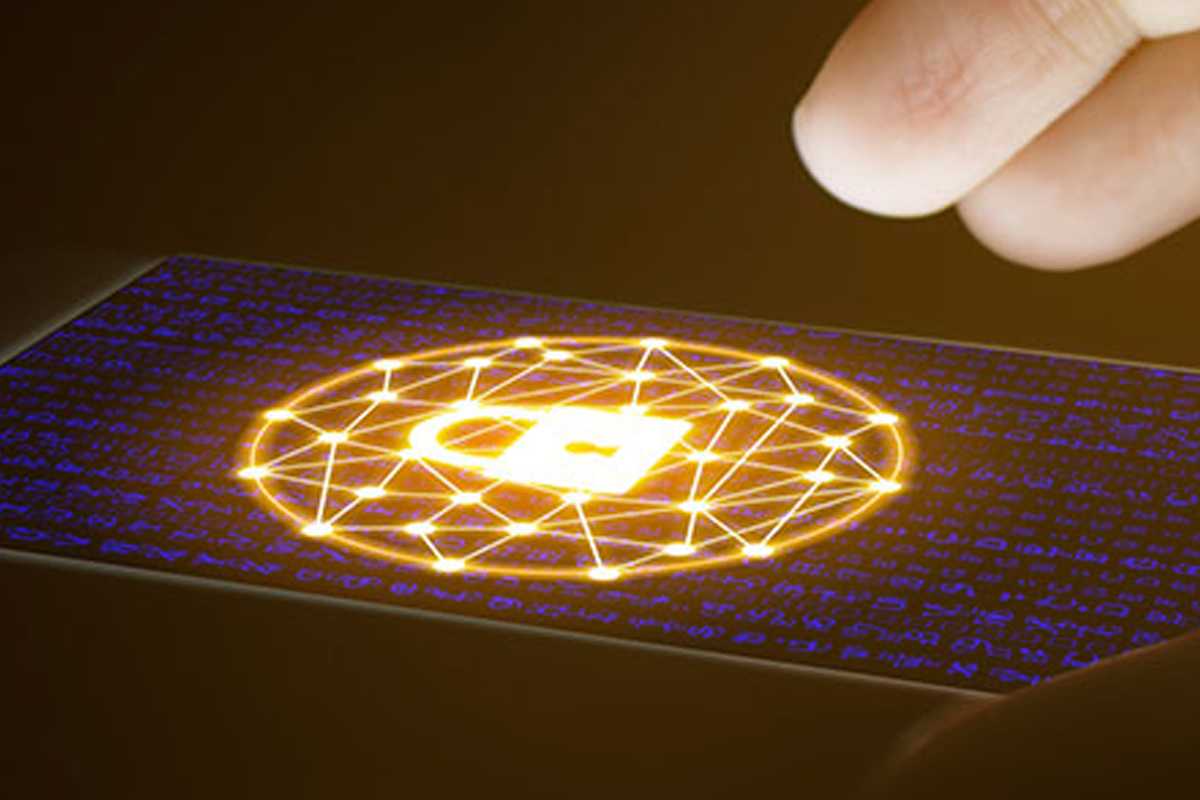There are more and more small- to medium-sized businesses (SMBs) falling victim to ransomware every day. This is why SMBs across all industries must brace for cyberattacks and take precautions to protect their systems, including making sure their files are backed up.
Without secure and reliable backups, your systems could be highly vulnerable to ransomware infections. Paying ransom to hackers is not a guarantee that they’ll return your files and they might send more malware your way. To prevent ransomware, enlist the help of a trusted managed services provider (MSP) who can offer you a comprehensive cybersecurity solution. But first, you must understand how ransomware works.
What is ransomware?
Ransomware is a type of malicious software that prevents you from accessing data in your computer systems until you pay a ransom. It is normally delivered to a computer network through an infected website or phishing email that entices you to click on a link or download an attachment.
If the ransomware is not removed from the infected computer, it will spread to other machines connected to the network. Aside from blocking access to your data, hackers can release your data on the dark web where they can be sold or used for other criminal purposes.
What can I do to keep my network safe?
Evaluate your enterprise’s vulnerability
To understand your business’s risks, it’s important to determine the most vulnerable systems in your IT infrastructure. Identify data that is critical and vulnerable, and take the necessary steps to protect it. It’s also essential to develop a recovery plan in case ransomware infects your network.
Ransomware attacks on smartphones, tablets, or laptops are common, but aggressive hackers are infiltrating data centers where they can cause greater damage.
Understand your company’s recovery requirements
An MSP can help you determine the metrics for recovery. Ask your MSP about recovery point objectives (RPOs) and recovery time objectives (RTOs), metrics that can help you identify whether your current backup and recovery procedures are enough to keep cyberattacks at bay.
Use the 3-2-1 data protection strategy
SMBs are using the 3-2-1 data protection strategy, which involves:
- Having three copies of your data (at least two copies and an original backup)
- Making use of various forms of media (cloud storage, optical discs, hard drives, and even tape drives)
- Ensuring that there is one off-site copy of your data. Keep this copy in a secure location away from your main office or have a reputable MSP like Complete Technology keep your information safe for you.
Make sure to mark your backups (e.g., version 1, version 2, and so on) so that up-to-date storage media will be recoverable in case of a malware infection. Because more forms of ransomware can stay undetected in a system for weeks or months before a ransom demand appears, it’s a good idea to have a month’s worth of backups ready for recovery anytime.
Malware attacks are becoming more complex every day. The good news is that you can take steps to avoid cybercriminals and keep your network safe. Your best defense in this situation is to have an effective backup and recovery plan.
The specialists at Complete Technology can help secure your networks and much more. Our company redefines IT services for customers in Kansas City by allowing them to focus on their business, not IT distractions. Contact us today to get a free consultation.







